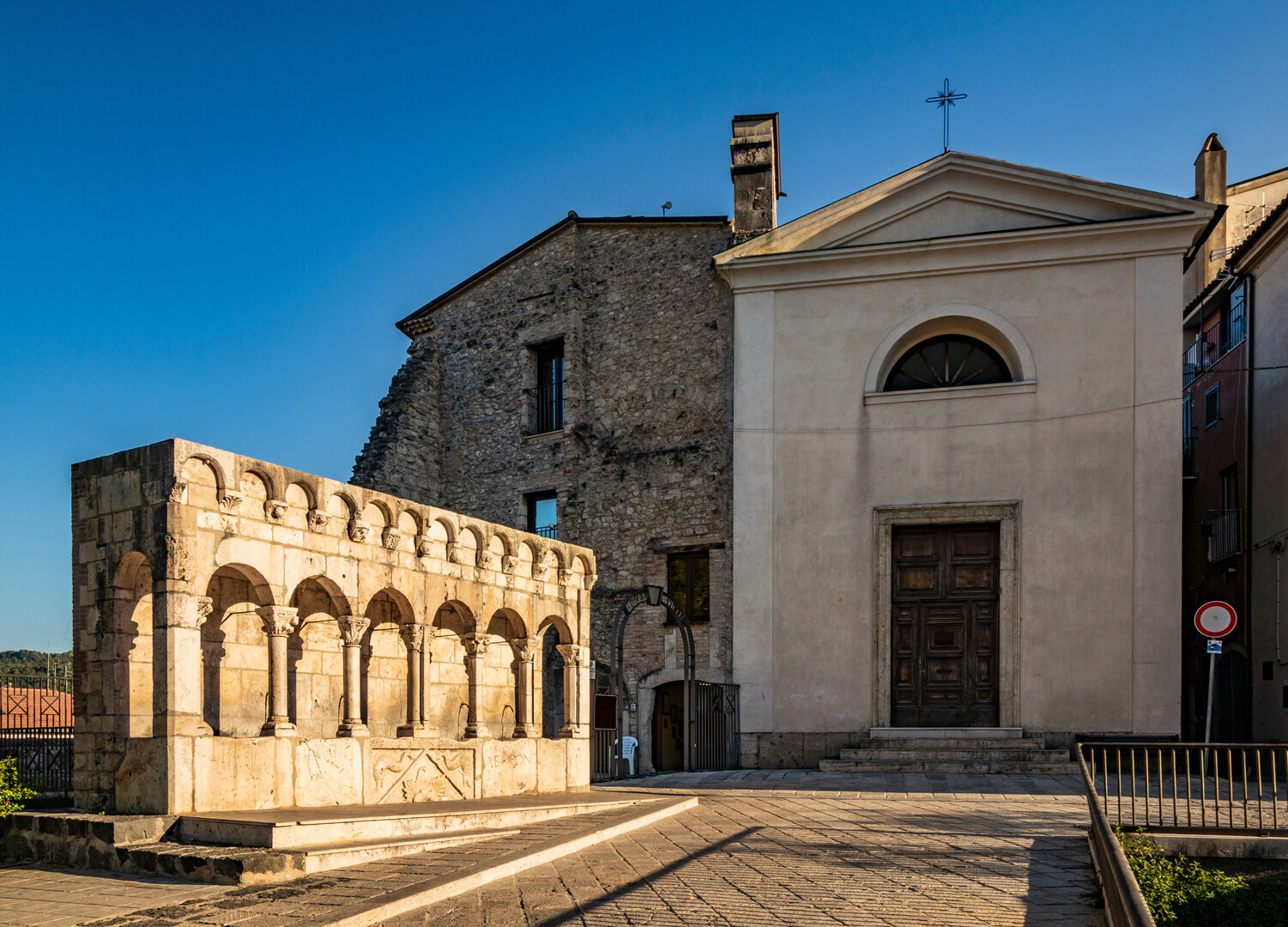In the heart of Molise, one of Italy’s least-traveled regions, the city of Isernia is all about history, food, and a slower pace of life. Once a Samnite stronghold and later a Roman town, it’s perched on a ridge between two rivers, with medieval alleys, Roman arches, and even traces of prehistoric life. This mix of eras gives the city a raw, authentic edge that history buffs will love. Beyond the landmarks, Isernia is famous for its lace-making traditions and its rustic food scene. Pair that with nearby Molise wineries, and you’ve got the perfect excuse to stay longer. Don’t miss the chance to visit Isierna for a genuine taste of Molise.
Visit Isernia and the best things to do
Wander at Fontana Fraterna
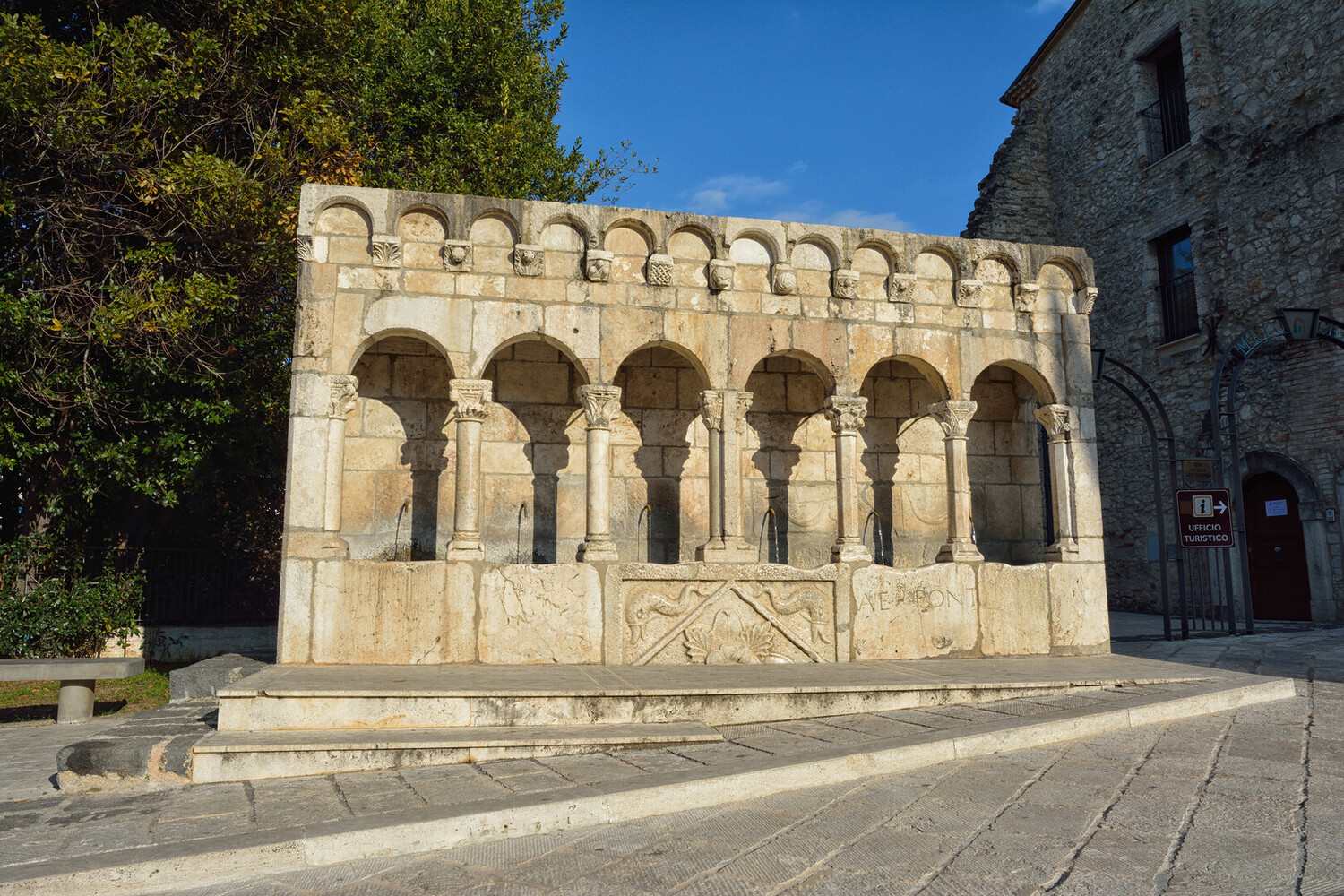
The most famous landmark in Isernia is the Fontana Fraterna, a fountain built in the 13th century using stones from earlier Roman buildings. You’ll find it in Piazza Celestino V, right in the old town. Its six arches and carved inscriptions make it one of the city’s most photographed spots, and it has long symbolized unity within the local community. It’s also a great place to kick off a walking tour of Isernia’s historic center.
Explore the Cathedral

Isernia’s Cathedral of San Pietro Apostolo stands on the site of an ancient Roman temple and reflects centuries of change. Rebuilt in the 14th century after an earthquake, it still preserves parts of its medieval design, along with crypts that reveal even older layers of history. As one of Molise’s most important churches, the cathedral combines spiritual weight with architectural depth, a stop that connects Roman origins with the city’s later Christian heritage.
Stroll through the historic center

Isernia’s old town is a tangle of cobblestone alleys, baroque churches, and terracotta-roofed houses that give it a classic small-town Italian feel. Walking here, you get a real sense of the city’s character and resilience. Look out for the old tower and the remains of the medieval walls, reminders of both past battles and the earthquakes that have shaped Isernia’s history.
Uncover the Medieval Castello Pignatelli in Monteroduni
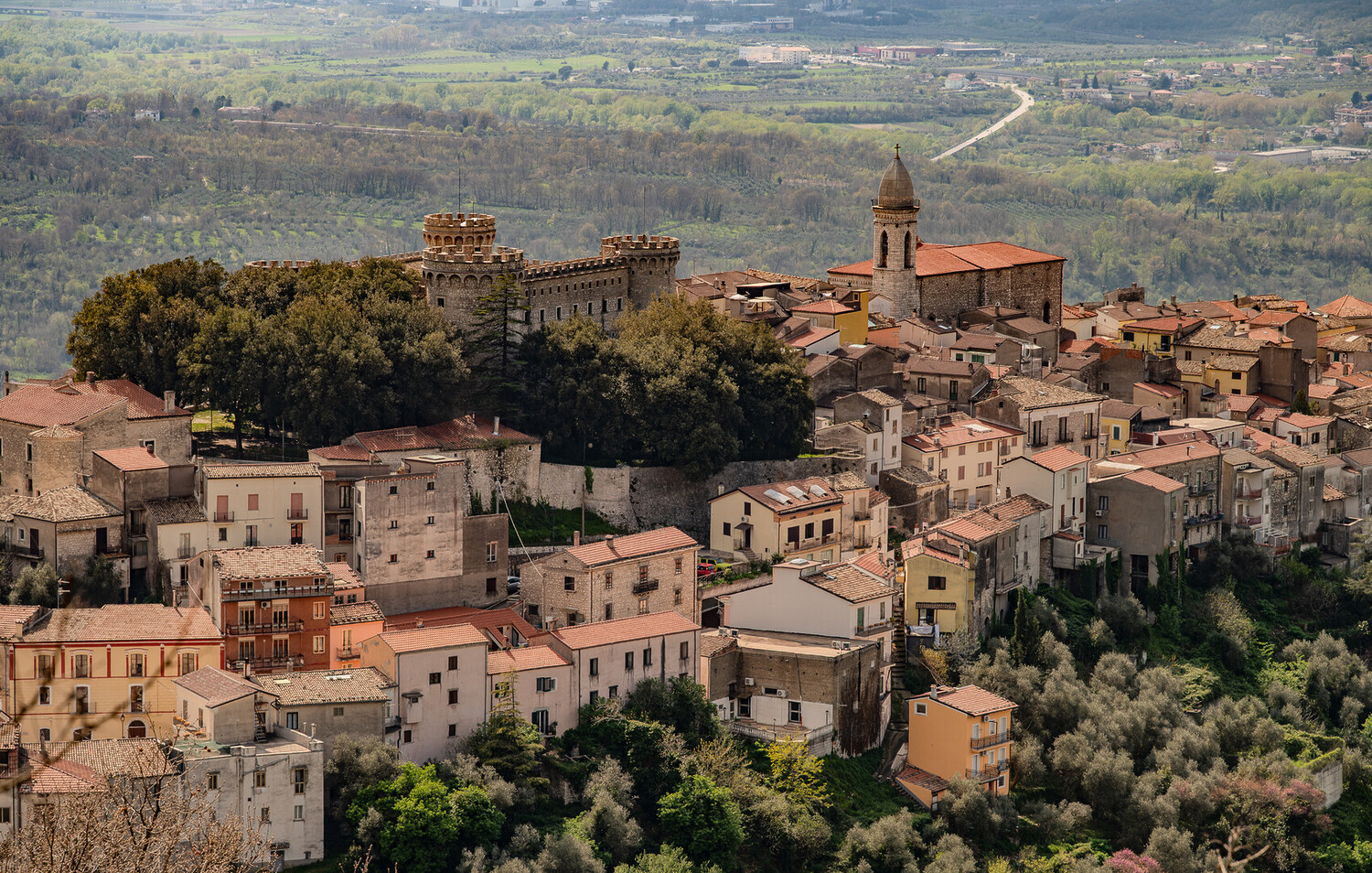
Overlooking the valley, the Castello Pandone in nearby Venafro (about 20 minutes from Isernia) adds a noble touch to any trip through Molise. Its 14th-century walls and towers were later updated with Renaissance details, including frescoes of horses commissioned by Count Enrico Pandone. Today it houses the National Museum, blending medieval strength with Renaissance elegance, a solid stop for history and art lovers exploring the Isernia area.
Visit Isernia and the best things to do around
Stroll through Venafro’s ancient streets
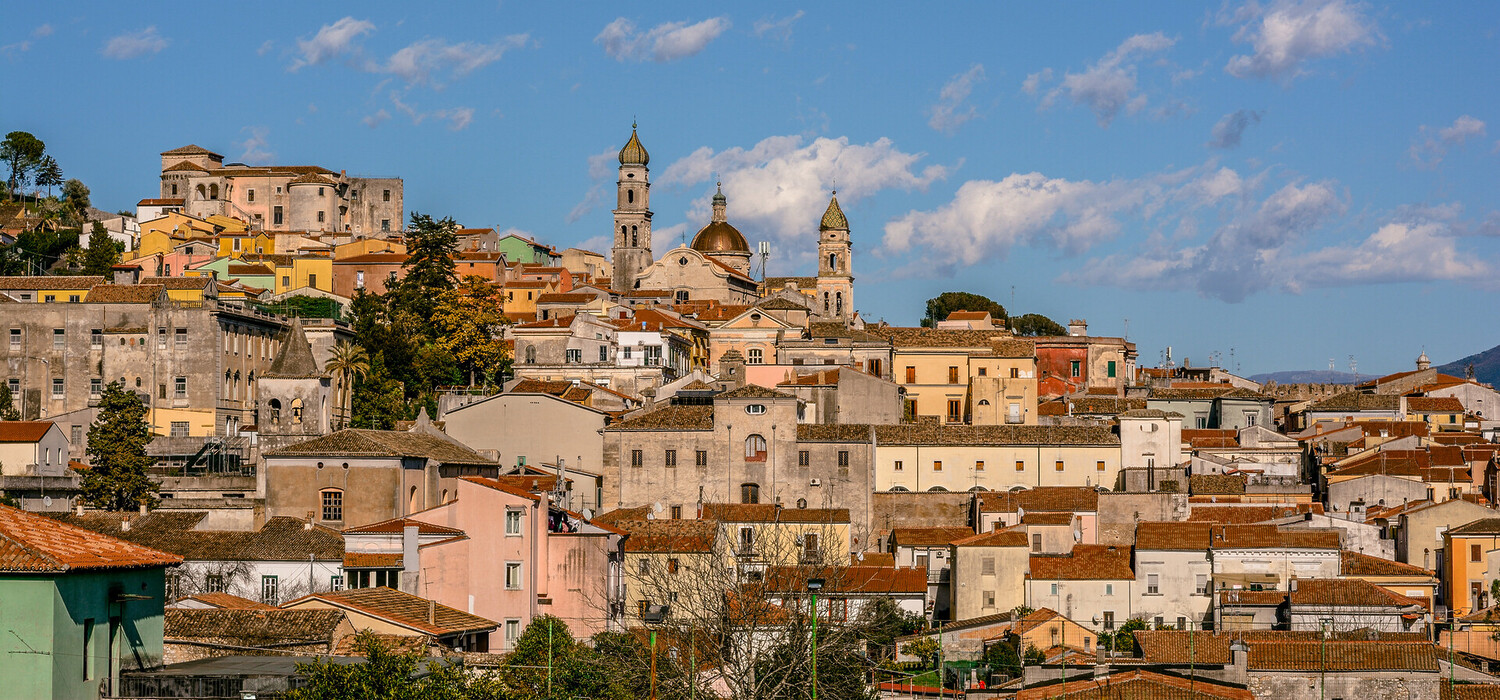
Just 25 minutes from Isernia, Venafro is a small town with a big past. Once a major olive oil hub of the Roman Empire, it still shows off its history with a Roman amphitheater, baroque churches, and the Parco Regionale dell’Olivo, where centuries-old olive trees grow. The Cathedral of Venafro and a WWII museum add layers from different eras, showing how the town has lived through both ancient and modern struggles.
Explore Roccamandolfi
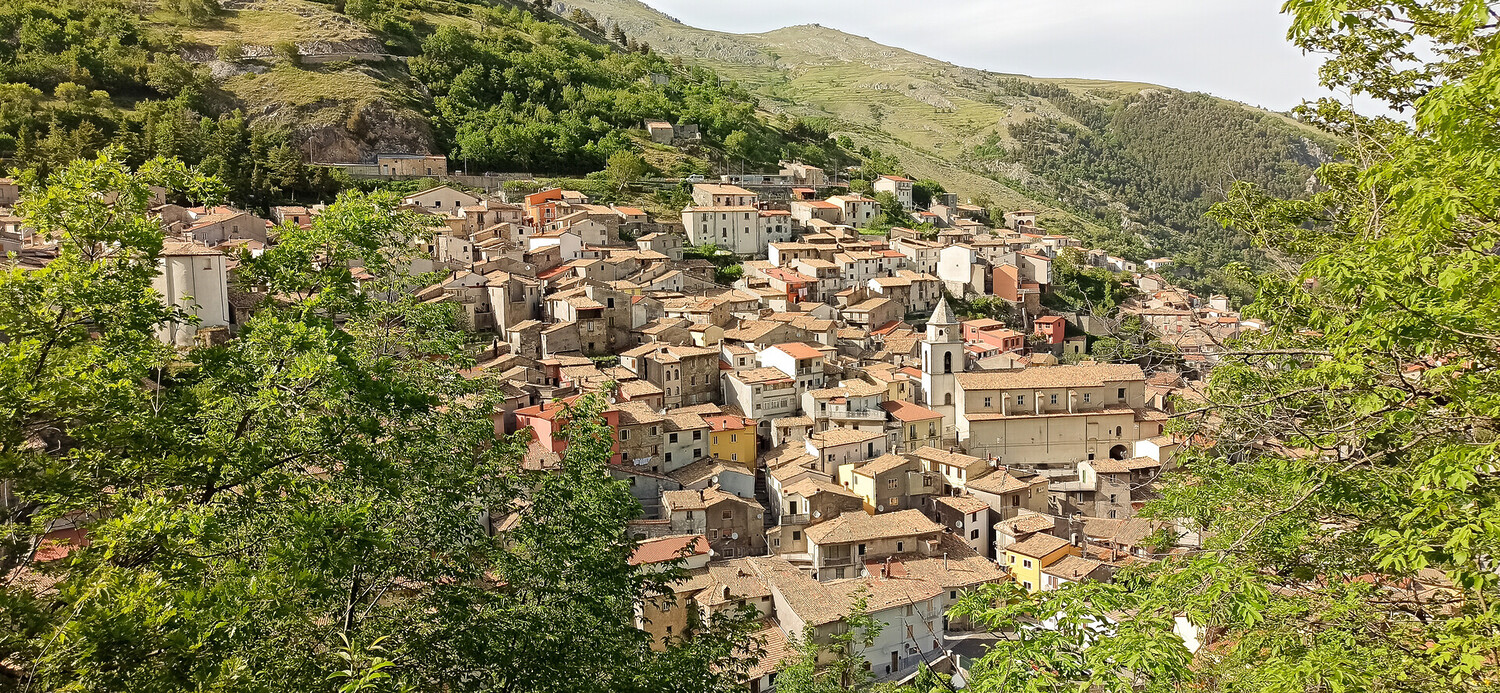
30 minutes from Isernia, Roccamandolfi sits high in the Matese mountains and is a favorite for outdoorsy travelers. Its main draw is the Tibetan bridge, a long suspension walkway that stretches across a gorge with waterfalls and forest views below, a real adrenaline kick with plenty of scenery. Back in the village, you can wander quiet streets and climb up to the ruins of a medieval fortress that once defended the area. It’s a mix of adventure and history in one mountain stop.
Visit Agnone

About 40 minutes north of Isernia, the hilltop town of Agnone is famous for its centuries-old bell-making tradition. The Marinelli Pontifical Bell Foundry, among the oldest in the world, still casts bells using time-honored methods. But there’s more to explore: narrow stone streets lined with medieval buildings, baroque churches, and artisan shops where the art of bobbin lace continues. If you love authentic craftsmanship and small-town history, adding a stop to visit Agnone Italy is a must.
Wander to Castel San Vincenzo
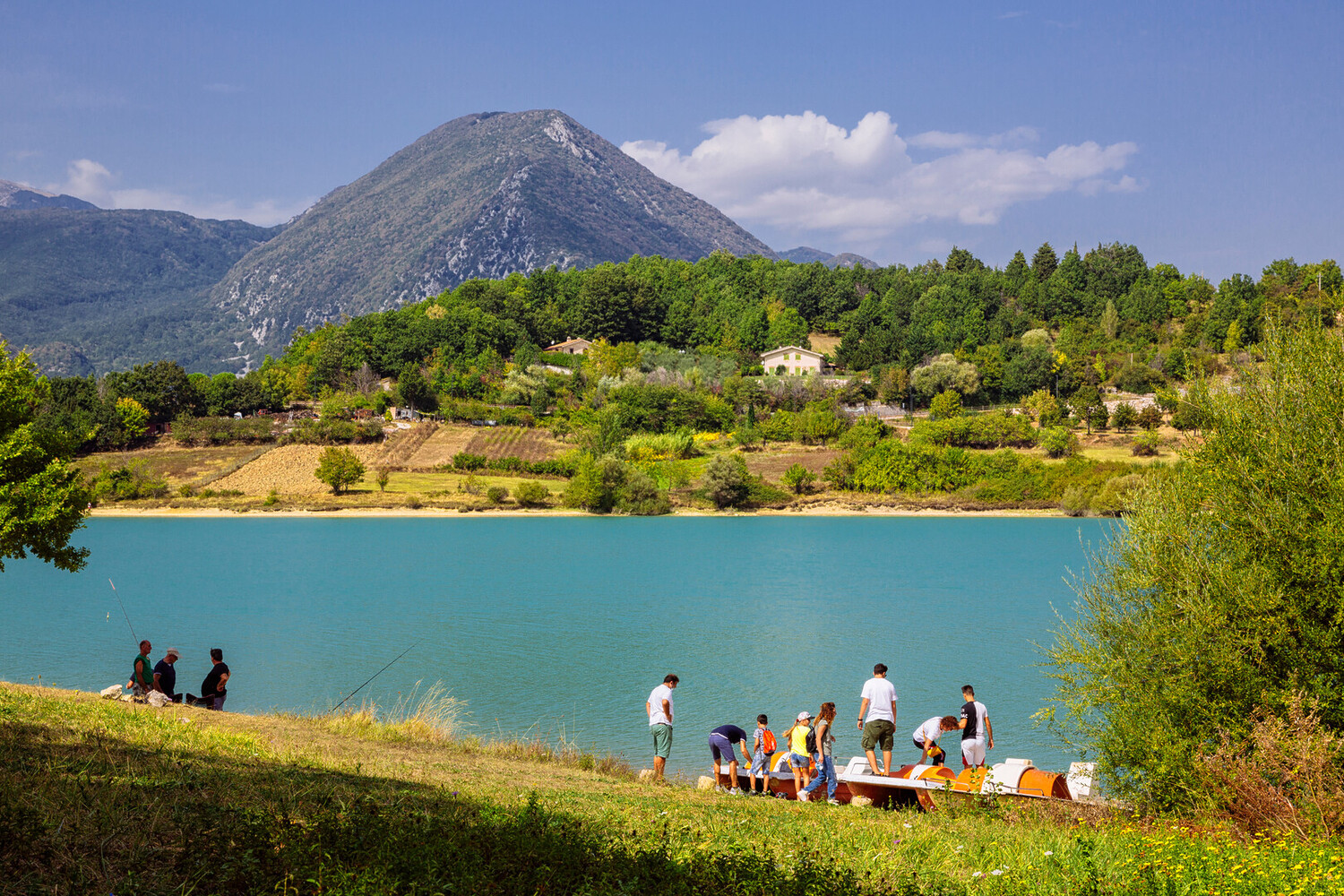
Castel San Vincenzo is a small village set at the entrance to the Abruzzo, Lazio and Molise National Park 35 minutes from Isernia. It’s a great base for exploring the Mainarde mountains, with trails that lead to waterfalls, forests, and quiet spots around Lake Castel San Vincenzo. The area is also known for its wildlife, from deer and eagles to the occasional Apennine wolf. If you’re into hiking, nature, or just want a break from city streets, this is one of Molise’s top spots for ecotourism.
Discover the best things to do in Molise
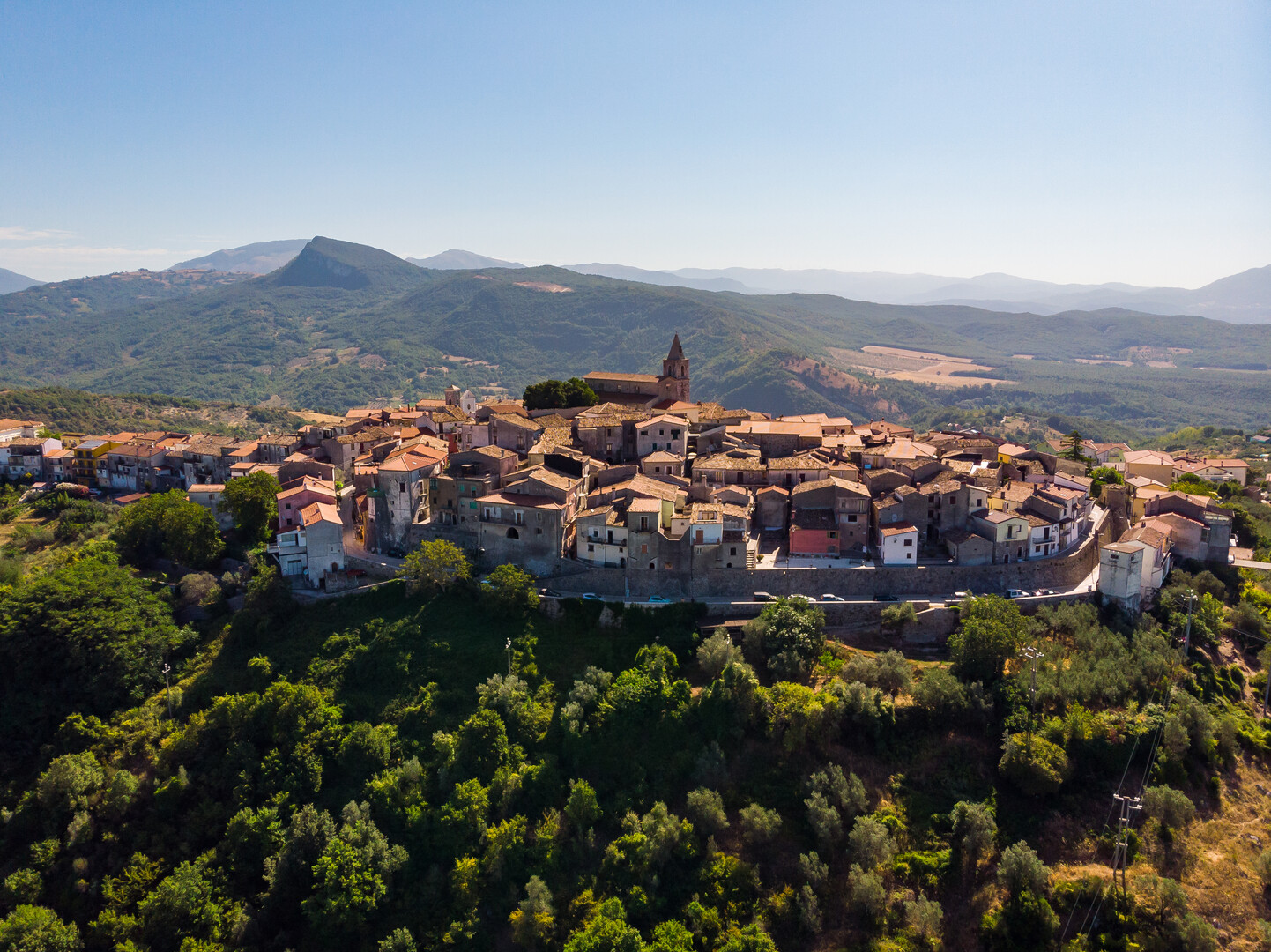
Molise may be one of Italy’s smallest regions, but it’s packed with authentic experiences. Wander hilltop towns like Agnone and Isernia, where ancient streets and artisan workshops tell centuries of stories. Head to Termoli for sandy beaches, trabucchi fishing huts, and fresh seafood by the Adriatic. For nature lovers, hike the trails of the Matese mountains or cross the Tibetan bridge in Roccamandolfi. Food and wine are never far, taste local specialties like caciocavallo cheese and pair them with reds and whites from Molise wineries.
There are plenty of things to do in Molise during your trip, take advantage of the best advice from our team!
Good to know before visiting Isernia
Is Isernia worth visiting?
Absolutely. Isernia offers a blend of rich history, unspoiled nature, and warm Italian hospitality. As one of the oldest settlements in Europe, Isernia boasts prehistoric archaeological sites, medieval architecture, and a charming old-town atmosphere untouched by mass tourism. It’s an excellent destination for travelers who crave authentic Italian culture, scenic landscapes, and a break from commercial travel routes.
Are there festivals in Isernia?
Yes, Isernia hosts several traditional festivals throughout the year. One of the most popular is the “Festa dei Santi Cosma e Damiano” in late September, which draws pilgrims and visitors for its religious processions, vibrant folk music, and food stalls. Additionally, local food festivals celebrating truffles, chestnuts, and pasta are common in the surrounding region, offering a great taste of Molise’s culinary heritage.
Are there any castles in Isernia?
While Isernia itself does not have a major castle within the town center, the region is dotted with remarkable medieval fortresses. A short drive from Isernia will take you to places like the Castello Pandone in nearby Venafro, a well-preserved structure with panoramic views and historical importance. The surrounding hills and countryside are also scattered with ancient watchtowers and ruins that history enthusiasts will love to explore.
What are the best hotels to stay in Isernia?
Isernia offers a range of welcoming accommodations. Some top-rated options include:
- Grand Hotel Europa – A modern hotel with spacious rooms, located walking distance from the city center
- Antica Dimora Isernia – A central location with easy access to key attractions
- Alloggi Be Deluxe – Near San Vincenzo al Volturno (13 mi) and Roccaraso
What are the best restaurants in Isernia?
Isernia is a hidden gem for food lovers. Some must-visit dining spots include:
- Ristorante da Oreste – Known for traditional Molise cuisine, especially pasta dishes like “cavatelli con sugo di salsiccia”.
- Trattoria da Nonna Maria – A welcoming place offering seasonal, home-cooked meals and local wines.
- La Panonda – A modern take on regional dishes served in a rustic atmosphere, featuring local truffles and cheeses.
- Ristorante il Cervo – Located just outside the city, it’s famed for grilled meats and hearty countryside specialties.
What is the best way to get to Isernia?
The easiest way to reach Isernia is by train or car. Trains run regularly from Rome and Naples, making Isernia an accessible stop for travelers exploring Central Italy. If you’re driving, it’s conveniently located via the SS17 highway. Having a car also gives you the freedom to explore nearby towns and countryside.
What is the best time of year to visit Isernia?
Spring (April to June) and early autumn (September to October) are the ideal times to visit Isernia. During these months, the weather is pleasant, and you can enjoy outdoor activities and festivals. Fall also brings delicious seasonal foods like mushrooms and truffles. Avoid mid-summer if you’re sensitive to heat, as temperatures can rise and many places temporarily close for holidays.
What outdoor activities are available around Isernia?
Nature lovers will find plenty to do around Isernia. The region of Molise is ideal for hiking, mountain biking, and nature walks. Nearby natural areas such as the Mainarde Mountains, the Volturno River, and the Abruzzo, Lazio and Molise National Park offer scenic trails, wildlife sightings, and picnicking opportunities. In winter, nearby ski resorts like Capracotta offer snowy escapes just an hour away.


